Autumn on the Isle of Man
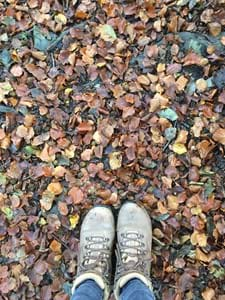
As I sit writing this blog, warming my feet by the crackling fire, a continuous confetti of leaves drifts past the rain-streaked window, and bare branches begin to emerge as summer’s dense green canopy slowly falls from the trees outside. What better time to write about autumn on the Isle of Man?
Autumn has a colour palette all of its own and the island’s landscape is transformed yet again, as hillsides turn russet brown with the bracken, the hawthorn’s ruby red berries stud hedgerows and roadsides, and subtle shades of blue, green and grey take over from summer’s vibrant hues. Moody skies and dark seas add to the drama of the changing seasons.
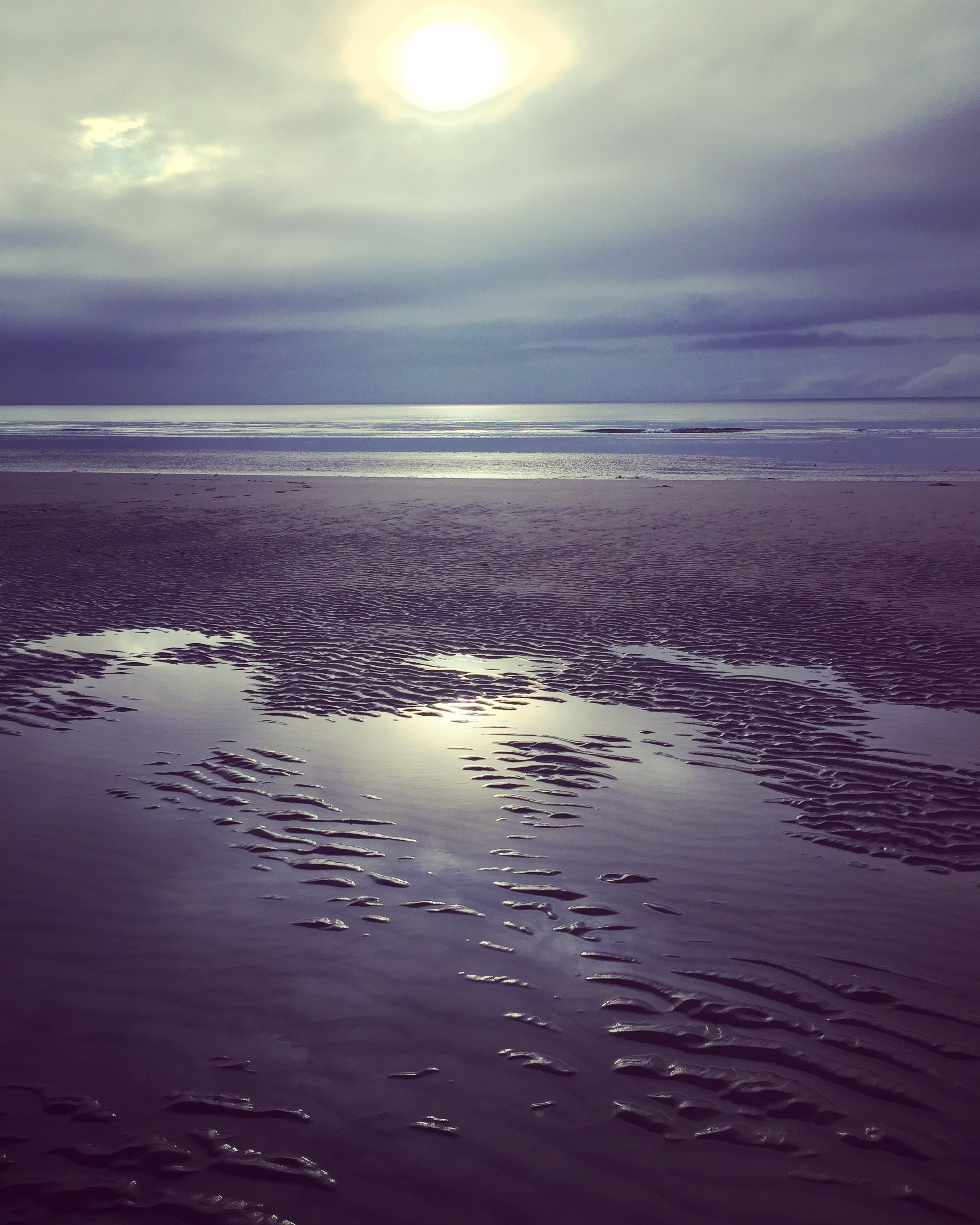
Moody skies above Ramsey beach
Underfoot, familiar footpaths are covered by a thick, rustling carpet of yellow and orange leaves, and dangerously bright toadstools nestle amongst mossy roots on damp forest floors.
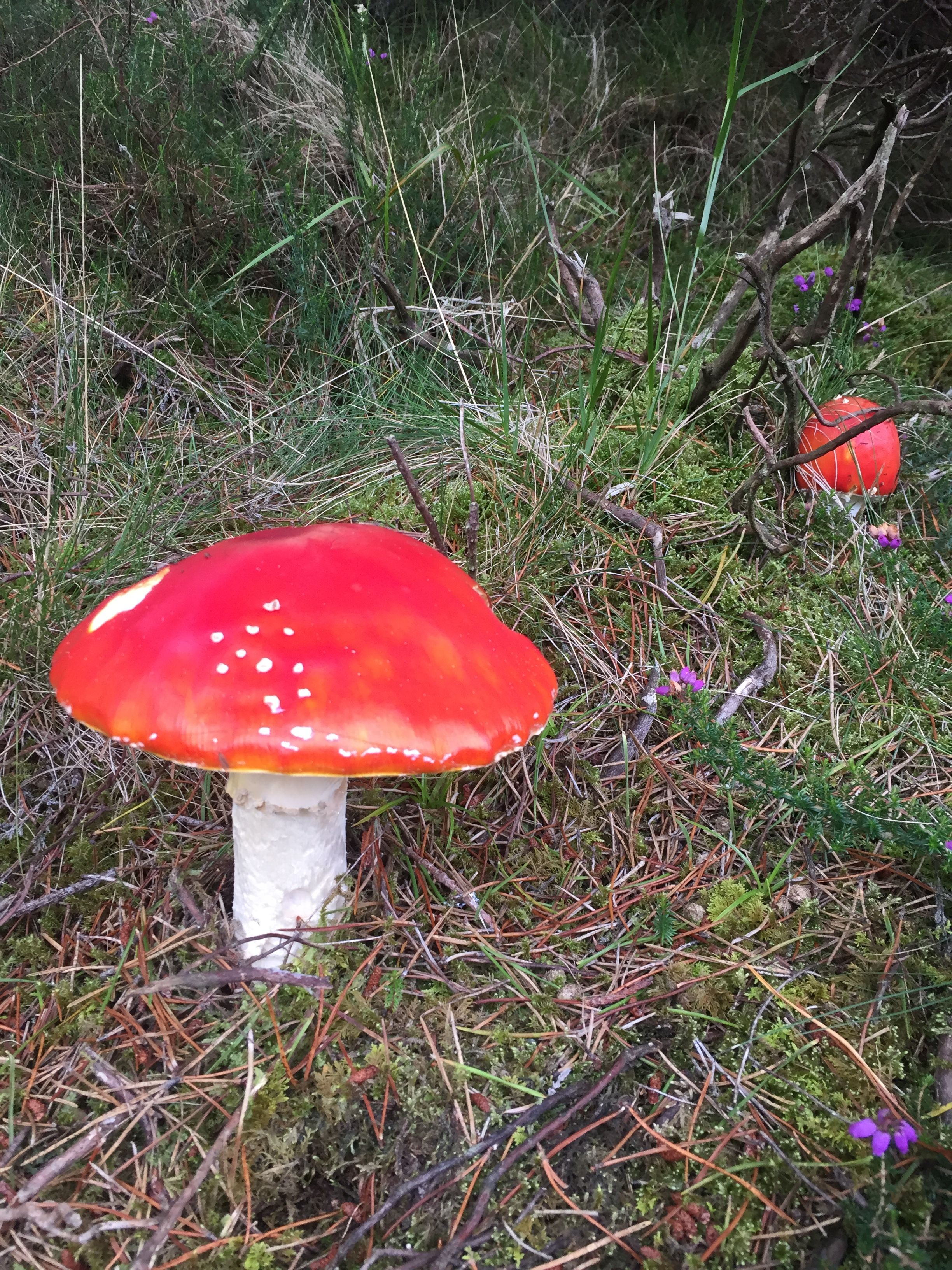
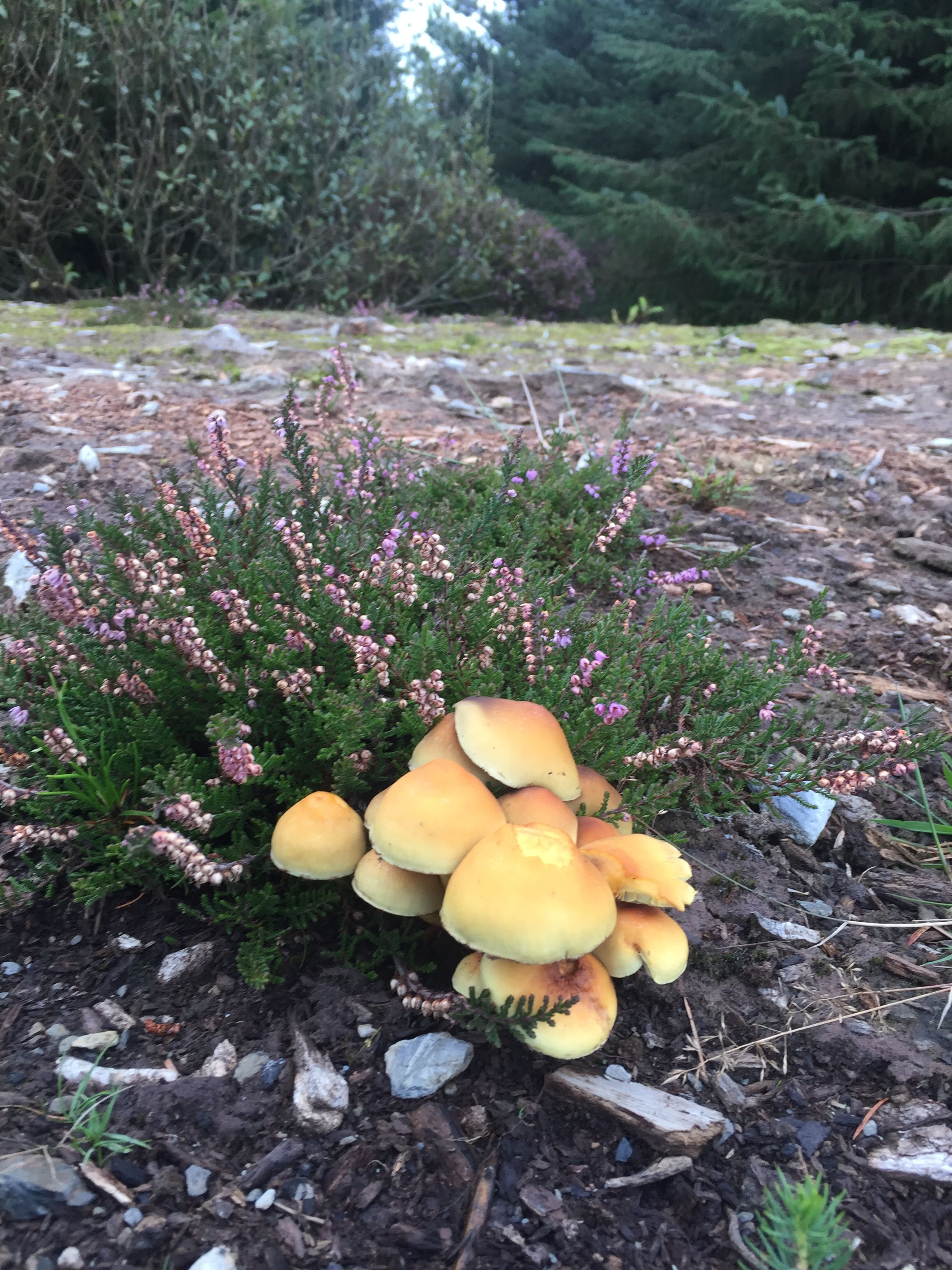
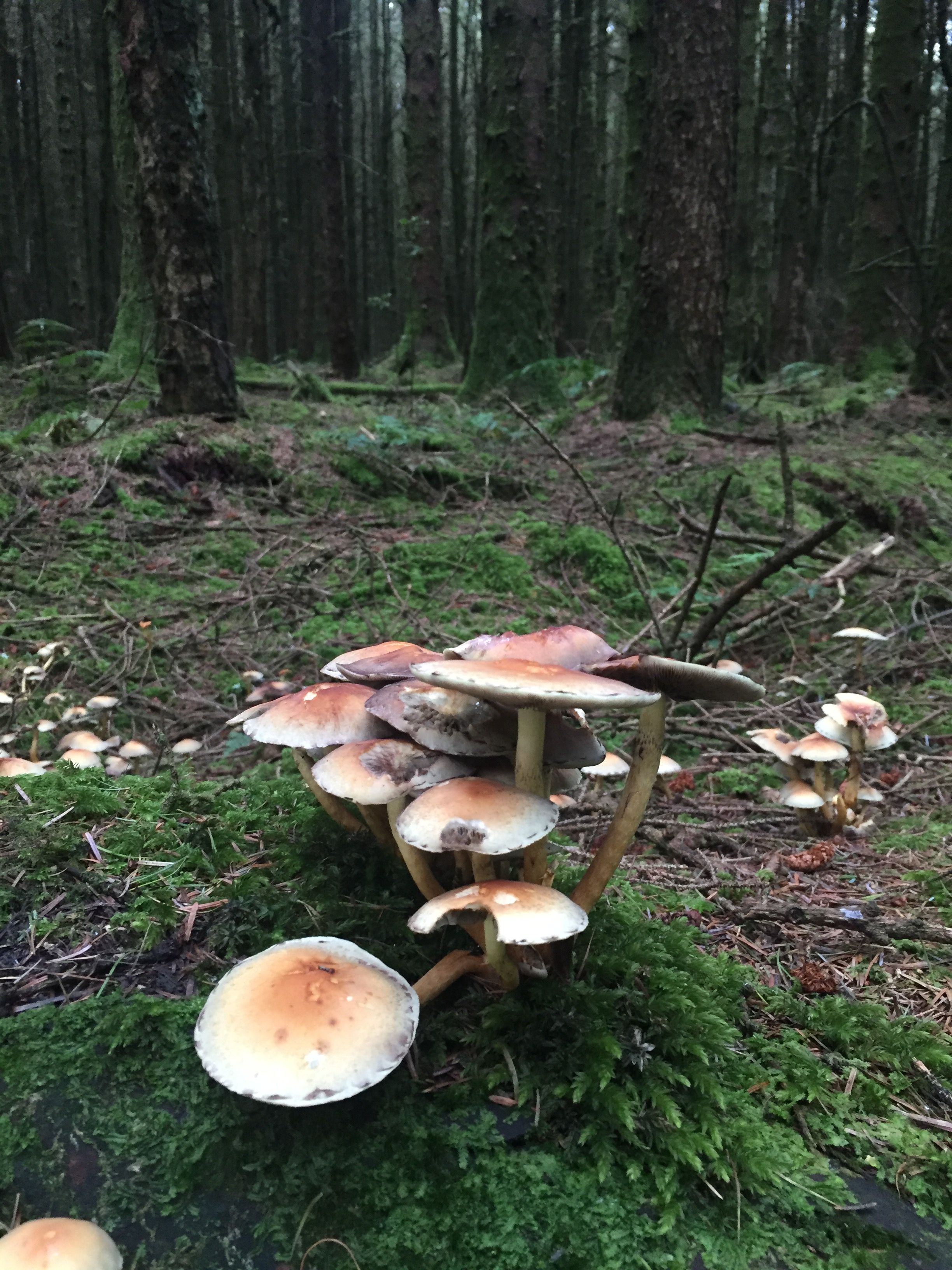
A variety of fungus and toadstools in Archallagan Plantation
The adage that ‘there is no such thing as bad weather, just the wrong clothes’ is never so true as on the Isle of Man. At this time of year, more often than not, we don waterproofs for our daily dog walk and head to nearby Archallagan or Chibbannagh plantations where Spruce, Scots pine and Larch tower majestically above us, providing some shelter.
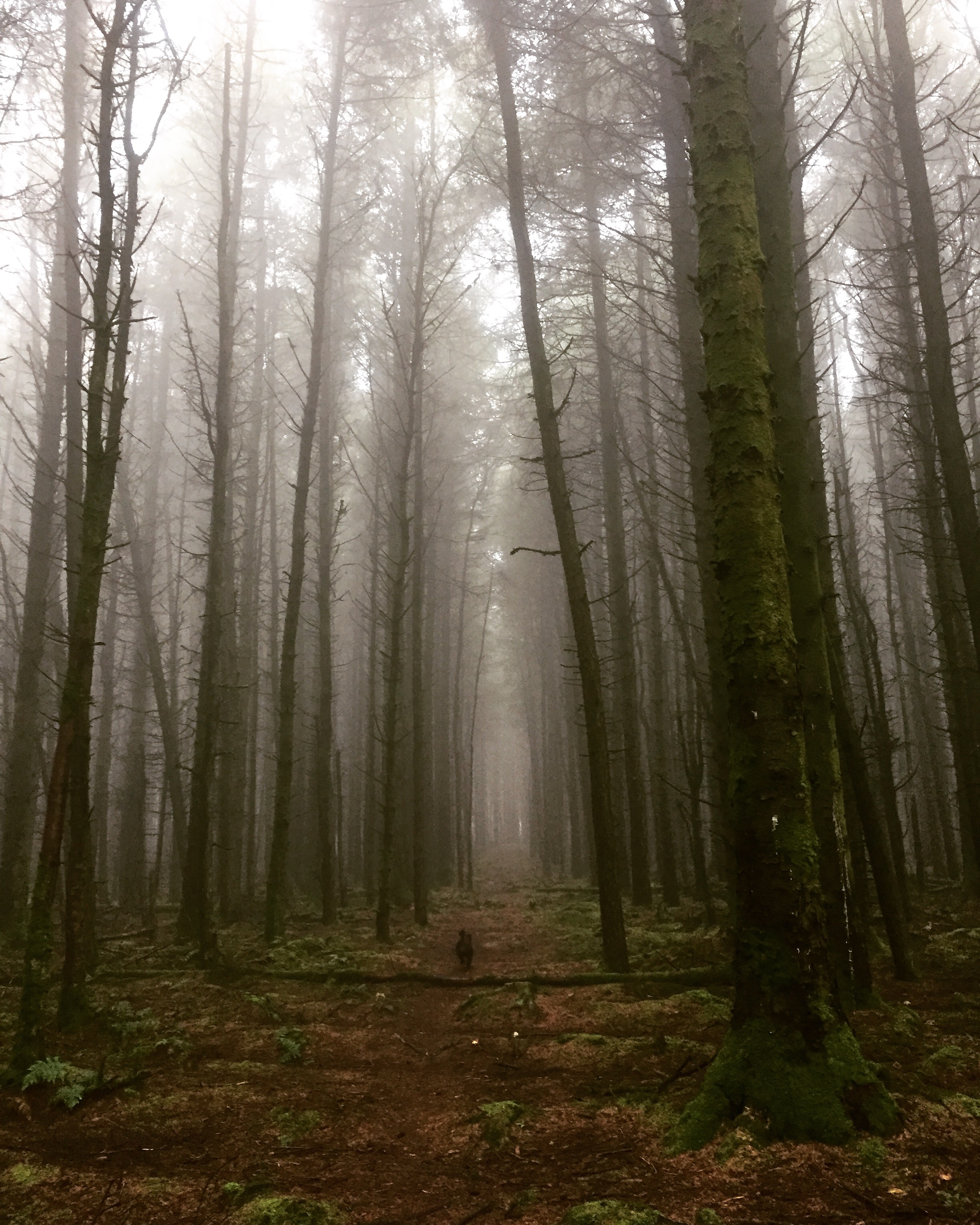
Atmospheric trees in Chibbanagh Plantation
The island’s many glens also offer protection from the elements, and our favourites include Dhoon Glen and Glen Maye, where swollen streams and rivers give way to powerful waterfalls which crash and cascade through jagged blue-black rock.
Beneath the overhanging trees, we follow well-trodden paths over tangled roots, past dripping ferns and lichen, until finally the steep and narrow valley opens out to reveal a small, secluded beach.
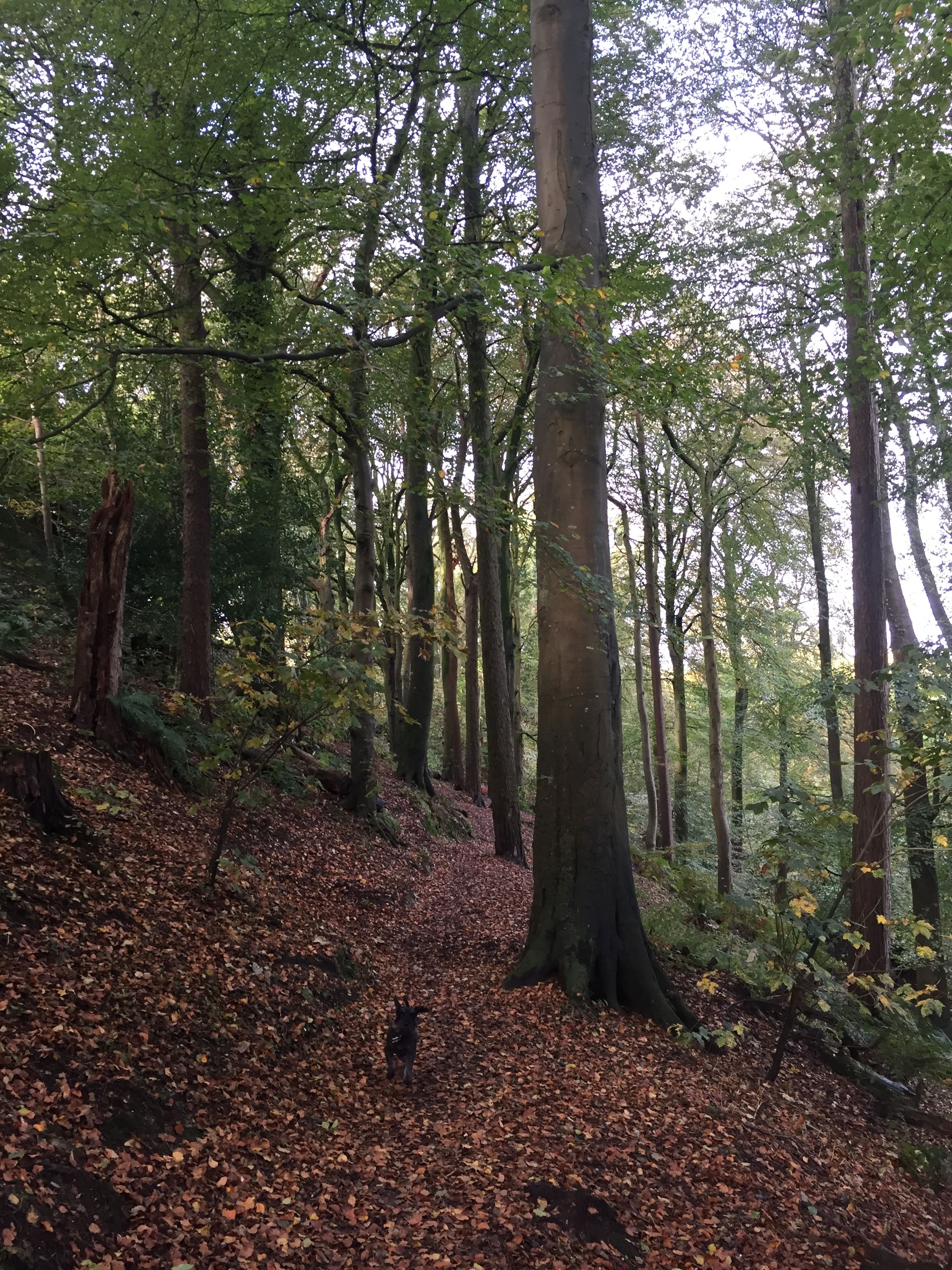
Autumn colours in Molly Quirk's glen
This time of year also brings with it some wonderfully colourful traditions from Manx folklore.
Hop-tu-Naa, deriving from 'Shoh ta'n Oie' ('This is the Night' in Manx Gaelic) is celebrated on 31 October and is the Manx equivalent of Halloween. It is the oldest continuous Manx tradition, going back beyond written history, to the era before Christianity had arrived on the Isle of Man.
The Manx at this time lived by a different calendar, dividing the year into two main halves: Summer (‘Sourey’ in Manx Gaelic) and Winter (‘Geurey’). Originally a celebration of the safe gathering of the harvest which marked the start of winter, today children continue the tradition of singing Hop-tu-Naa songs ‘around the houses’, carrying carved turnip lanterns (which are known as ‘moots’ by the Manx) and asking for rewards - usually as many sweets as they can carry, instead of the pieces of bonnag, potatoes or herring of olden times!
Different versions of the Hop-tu-Naa song were sung in different areas of the island but today the modern and most popular version goes as follows:
Hop-tu-Naa
Your mother's gone away
And she won't be back until the morning
Jinnie the Witch flew over the house
To fetch the stick to lather the mouse
Hop-tu-Naa
Your mother's gone away
And she won't be back until the morning
Hop-tu-Naa, Traa-la-laa
One of the earliest records of the Hop-tu-Naa song dates to 1790, yet Jinny the Witch is only referred to in the song from 1900, and the legend of the Manx Witch is now synonymous with Hop-tu-Naa.
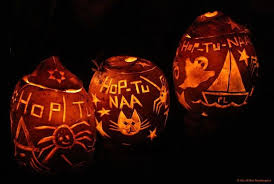
Carved turnips or moots at Hop-tu-Naa
Jinny's real name was Joney Lowney - she was a poor woman from the parish of Braddan who was tried at Bishop's Court for witchcraft in 1715 and 1716.
The story goes that she would beg for food around the neighbourhood and it was noted that bad luck often fell on those who refused her: ‘The cows would dry up, the horse would go lame, the hens wouldn’t lay’.
Her worst crime was committed at Ballaughton Corn Mill, owned by Bishop Wilson, one of the most powerful men on the island. The Bishop’s miller, William Corrin, was distributing sacks of flour to the poor. When she saw the poor quality of the grain being used, she rebuked the miller in front of a large crowd of people. ‘You should be giving the best to the poor, not that rubbage!’ she shrieked. At those words, the mill machinery stopped dead and no one could get it going again - ever.
Following her trial for ‘cursing and leading a wicked life’, she was found guilty of ‘having utterly abandoned herself to the highest degree of impiety by practising for many years sorcery, charms and diabolical means, tending towards witchcraft’.
She was sentenced to 14 days' imprisonment, fined £3 and made to stand at the four market crosses dressed in sackcloth holding a white wand and with a notice pinned to her chest saying ‘For Practices in Sorcery and Witchcraft’.
Joney’s relatively lenient sentence (in comparison to the gruesome outcome of witch trials in England held around the same time) indicates that there was no great appetite for the persecution of those accused of witchcraft on the Isle of Man.
But that won’t stop me indulging in another tale - this one completely lacking in any supporting historical evidence - involving the punishment of suspected witches at Slieau Whallian, which rises steeply to a height of 900 feet above the village of St Johns.
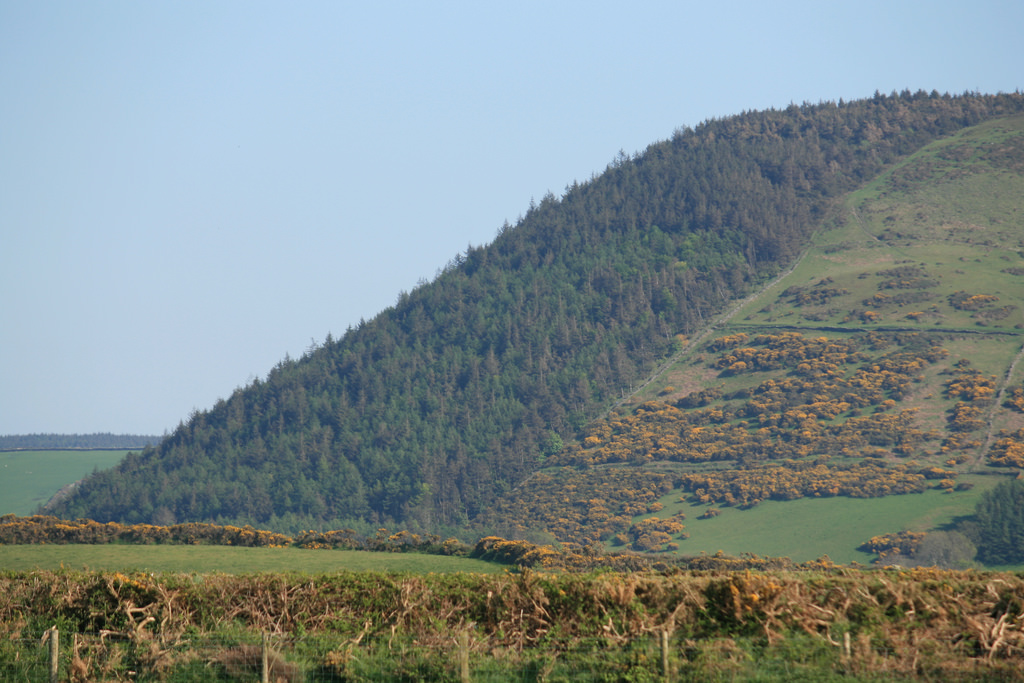
Slieau Whallian, St Johns
An unfortunate woman accused of witchcraft would be ‘put into a barrel, with sharp iron spikes inserted round the interior, pointing inwards, and thus, by the weight of herself and the apparatus, allowed to roll from the top of the hill to the bottom’. If she survived this then the poor woman would have been burnt at the stake.
‘For many and many a long year there was a bare track down the steep mountain-side, where grass would never grow, nor ling, nor gorse. They called it ‘The Witch’s Way,’ and they say that her screams are heard in the air every year on the day she was put to death.’
Local people still talk of hearing a ghostly human voice screaming amongst the trees in the wind on a stormy night…
I shall end on that ghoulish note, having hopefully put you in the mood for Hop-tu-Naa and given you an insight into the rich seam of cultural heritage which weaves its way through everyday life on the Isle of Man.
Sources:
Culture Vannin
Manx National Heritage
Visit Isle of Man
isleofman.com
'Manx Fairy Tales’, by Sophia Morrison
Photo of Slieau Whallian from www.manxfellrunners.org
